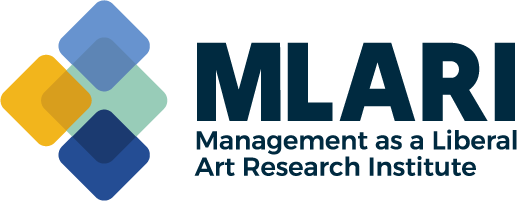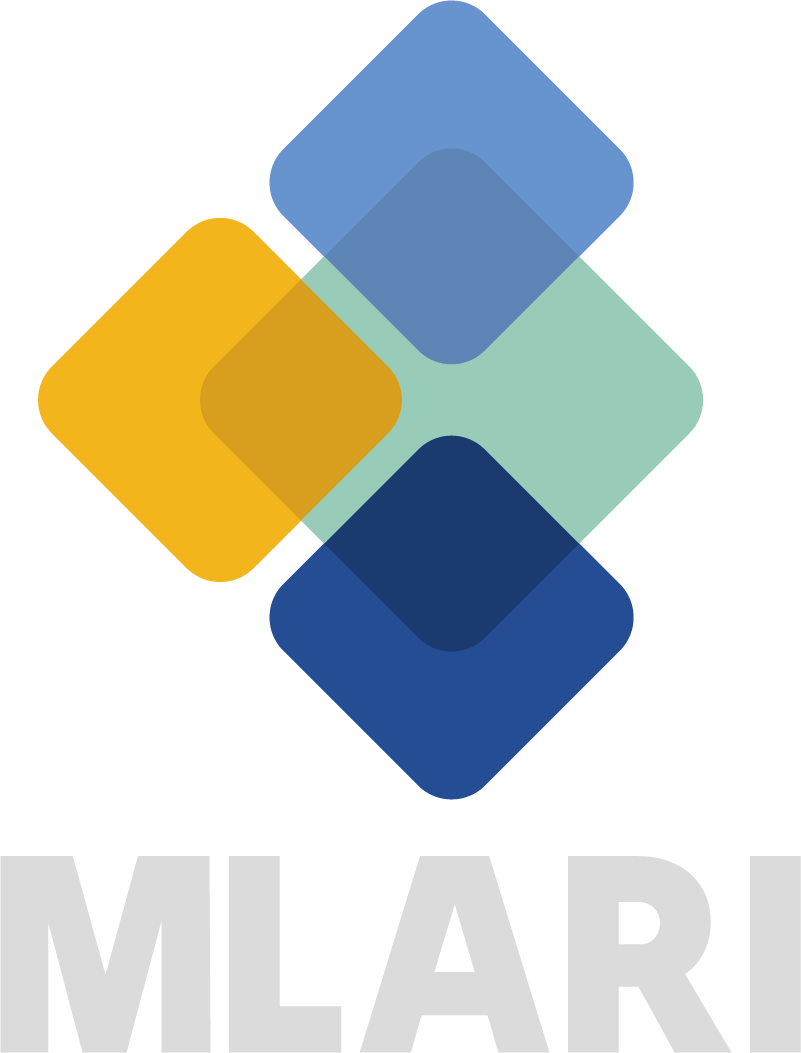Leadership Lessons from Horses
PUBLISHED:
I thought I’d give you a lighter piece this month. There is so much weighing all of us down, from the threat of global war, the lingering pandemic, inflation…
So, rather than write about Peter Drucker’s lessons to be learned, I thought I would share lessons from another source. You probably don’t know this, but your Acting Research Director at MLARI is also an avid equestrian (which means I like to ride horses). I own two, a male and a mare (female). I came to this sport very late in life, as my mother was terrified of horses and wouldn’t let me near them. So I fell in love with these animals in my forties, and have never looked back.
Horses have a lot to teach us about leadership, as others have noted (Rajfura, Tomasz, and Robert Karaszewski. "Horse Sense Leadership: What Can Leaders Learn from Horses?." Journal of Corporate Responsibility and Leadership 5.1 (2018): 61-83; Kelly, Simon. "Horses for courses: Exploring the limits of leadership development through equine-assisted learning." Journal of Management Education 38.2 (2014): 216-233). It’s an interesting area of inquiry that, I think, relates intensely to MLA. I hope this piece piques your interest in things related to horses and leadership. These are my own thoughts independent of outside research:
1) Horses are prey animals.
As large as they are, horses are preyed upon. Unlike dogs, who travel in packs and attack, horses move in herds, but for safety because they are food for predators (in the wild). This mentality is in their DNA. Think of them as giant rabbits. Any change in their environment means a threat. And you may not perceive the change that they see. The light changes when the seasons shift. We don’t see that, but they do. The subtle rustle of an animal in the bushes can set a horse off. All of these slight changes result in reactions, that may be small (an ear tilting) or dramatic (bolting to get out of there).
- Lesson: Change is scary. Drucker wrote about the need for balancing continuity and change, and that too much sudden change created disorientation and disruption. Change is part of life, but it needs to be managed and lead. Horses dislike any kind of change in their environment that can be perceived as a threat. Think about this when you are implementing new procedures, policies, ideas, or programs. Your idea is probably really great! But every person reacts differently to change. Some may embrace the change but need to process it (tilt the ear) while others might perceive a new policy or program as a threat (and decide to bolt). Think about each person on your team and how they might react to a change. Is it a new and interesting thing to explore? Or a scary plastic bag ghost that is chasing them? Watching horses deal with daily changes in their environment has helped me understand how to think about managing change for people.
2) Horses live in a herd.
Horses do not like to be alone. They need company, preferably the company of another horse (although if they are bonded with a human, they need that person to be there, too). There is a pecking order to a herd. One horse is the Alpha lead horse (often a mare, but not always), and then the order follows from there. Depending on the size of the herd, it gets complicated and sometimes competitive. In my barn, we have four. The Alpha (my gelding) has always held his position. He actually likes being alone and doesn’t care when the other horses leave. The bottom horse has always held his position. He hates it when any of the other horses leave. However, the other two (my mare and the other gelding) have competed for the number two and three slot. The mare has won out and is now number two. Yet, she hates being alone the most!
- Lesson: Humans are social beings. Drucker expressed this over and over in his work. People need status and function. Do they attain this at work? Or do they need to get this somewhere else? We need each other; we are not just isolated beings operating independently. The pandemic reinforced this aspect of human nature exponentially, I think. And perhaps we have lost some of our social skills after two years of being apart. Who are the natural leaders on our team? Who works well in a group, and who prefers to be independent? What are the group dynamics of your team or organization? Horses work this out. It’s a good lesson to learn.
3) Horses prefer a quiet leader.
A lot of trainers and horse people use force and aggression to deal with the animals. I don’t find this very effective, based on observation. Horses need a leader, but they want a leader who is assertive in a confident, quiet way. If a person walks up to a horse with a slouching body position, they are signaling weakness. But, if you walk up to a horse with a whip in your hand all the time, you are just a bully, and the horse will back away from you or, worse yet, take you on. Horses want to know that you know what you are doing, and that you won’t let them down. Trust is key. Why should a prey animal let you get on his or her back? Or tell it what to do, when it weighs 1200 pounds and you weigh a tenth of that? You can’t force a horse to do anything (unless you want to be horribly abusive). The horse has more muscle and strength than you can ever overcome. So how do you lead/manage that?
- Lesson: Trust and integrity are key to effective leadership. Drucker emphasized this over and over. Horses know when you are lying, and if you let them down, you destroy the relationship. If you tell a horse to do something that isn’t safe, that horse will not trust you again. It’s a big responsibility. Leadership is a big responsibility. It requires that you raise others up to be better, and to be the best example you can possibly be. The quiet, confident leader will always have better results than the bully or the authoritarian with the whip. What is your leadership style? Do you operate from a position of strength but also empathy and compassion? Do you give clear directions? How do you build consensus (get those 1200 pound animals to think it’s their idea to go along with the mission/vision)? In Drucker’s terms, what constitutes power in your relationships? A whip? A cookie? Or a relationship that involves communication?
4) Horses are intuitive and reactive.
As prey animals, horses have to read their environment constantly to perceive potential threats. They are thus constantly on alert. One of the things horse owners need to do is to desensitize their animals to whatever environment they are in. A horse in the wild doesn’t have to deal with urban stressors. In my neighborhood, we have all kinds of scary things, like baby strollers, umbrellas that open and close, tree trimmers, plastic bags blowing in the wind, kids on scooters and bikes…you get the idea. All of the things that are normal to us are not normal to a horse. That tumbleweed that appeared on the trail? It might be a monster out to eat me!
Horse reactions vary. Some will just look at a scary thing and give it a wide berth. Others will try to back away from it. Others will suddenly spin and run away from that scary paper bag. In short, they are highly unpredictable. No horse is immune to such incidents. That’s why it’s called a high-risk sport (I know…why do I do this???).
- Lesson: Life-Long Learning is Important. Horses need to be worked every day (a day off or two) to be in a good frame of mind and physical condition. So do we humans!!! The parallels between horses and humans continue to amaze me. Even old horses, like my 27 year-old Spencer, need mental and physical work. That keeps them from reacting to things that might be worrisome. People tend to get locked into routines as they get older. And, as Drucker noted, learning is going to be important to keep one’s job. Flexibility is crucial. Everyone who works is going to need to be willing to learn new skills, technology, and ways of viewing the world. Leaders will have to be ready to desensitize people unwilling for such change. The new software program is the equivalent of the tree trimmer to my horse. If we can present new material in terms of a life-long learning process rather than a scary threat, perhaps we can help current employees feel that they can grow within their positions.
So, think like a horse, and lead your team forward happily, strongly, and with trust





